www.biorxiv.org/content/10.1...
How do #dopamine neurons perform the key calculations in reinforcement #learning?
Read on to find out more! 🧵
www.biorxiv.org/content/10.1...
How do #dopamine neurons perform the key calculations in reinforcement #learning?
Read on to find out more! 🧵
www.biorxiv.org/content/10.1...

www.biorxiv.org/content/10.1...
We describe how experience tunes the ratios of functional receptors in a single sensory neuron via coordinating transcriptional and post-transcriptional mechanisms to drive response plasticity.
We describe how experience tunes the ratios of functional receptors in a single sensory neuron via coordinating transcriptional and post-transcriptional mechanisms to drive response plasticity.
Sara will be giving a lecture at the upcoming @bernsteinneuro.bsky.social meeting which you shouldn't miss.
bernstein-network.de/en/newsroom/...
Sara will be giving a lecture at the upcoming @bernsteinneuro.bsky.social meeting which you shouldn't miss.
bernstein-network.de/en/newsroom/...
By @martajhill.bsky.social
#neuroskyence
www.thetransmitter.org/connectome/c...
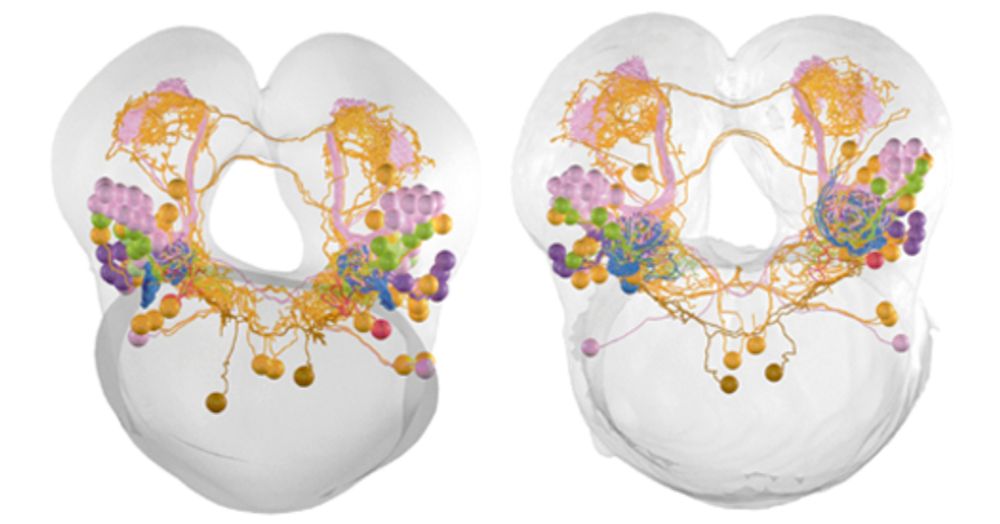
By @martajhill.bsky.social
#neuroskyence
www.thetransmitter.org/connectome/c...
Led by recent PhD Anjali Pandey w/ex-UG Maya Katz. Here we identify an asymmetric molecular mechanism that underlies symmetric context-dependent sensory plasticity in the AWC olfactory neuron pair in C. elegans
Led by recent PhD Anjali Pandey w/ex-UG Maya Katz. Here we identify an asymmetric molecular mechanism that underlies symmetric context-dependent sensory plasticity in the AWC olfactory neuron pair in C. elegans


www.biorxiv.org/content/10.1...

www.biorxiv.org/content/10.1...
@harvardmed.bsky.social
news.harvard.edu/gazette/stor...

@harvardmed.bsky.social
news.harvard.edu/gazette/stor...

Below is a brief description of the major findings. Check the full version of the paper for more details: www.nature.com/articles/s41588-025-02248-5

Below is a brief description of the major findings. Check the full version of the paper for more details: www.nature.com/articles/s41588-025-02248-5
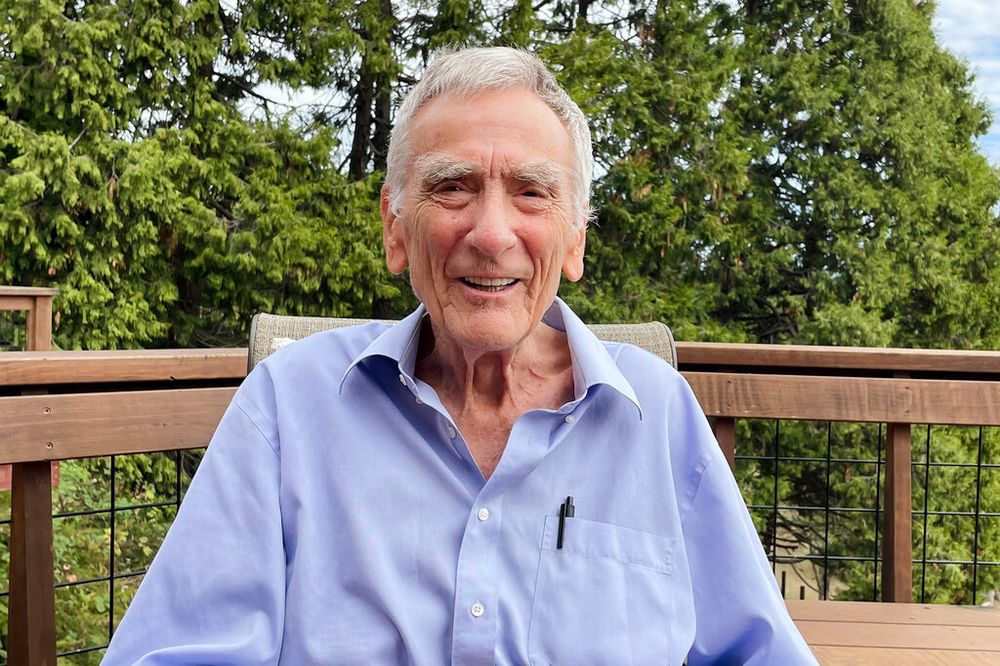
www.nature.com/articles/s41...
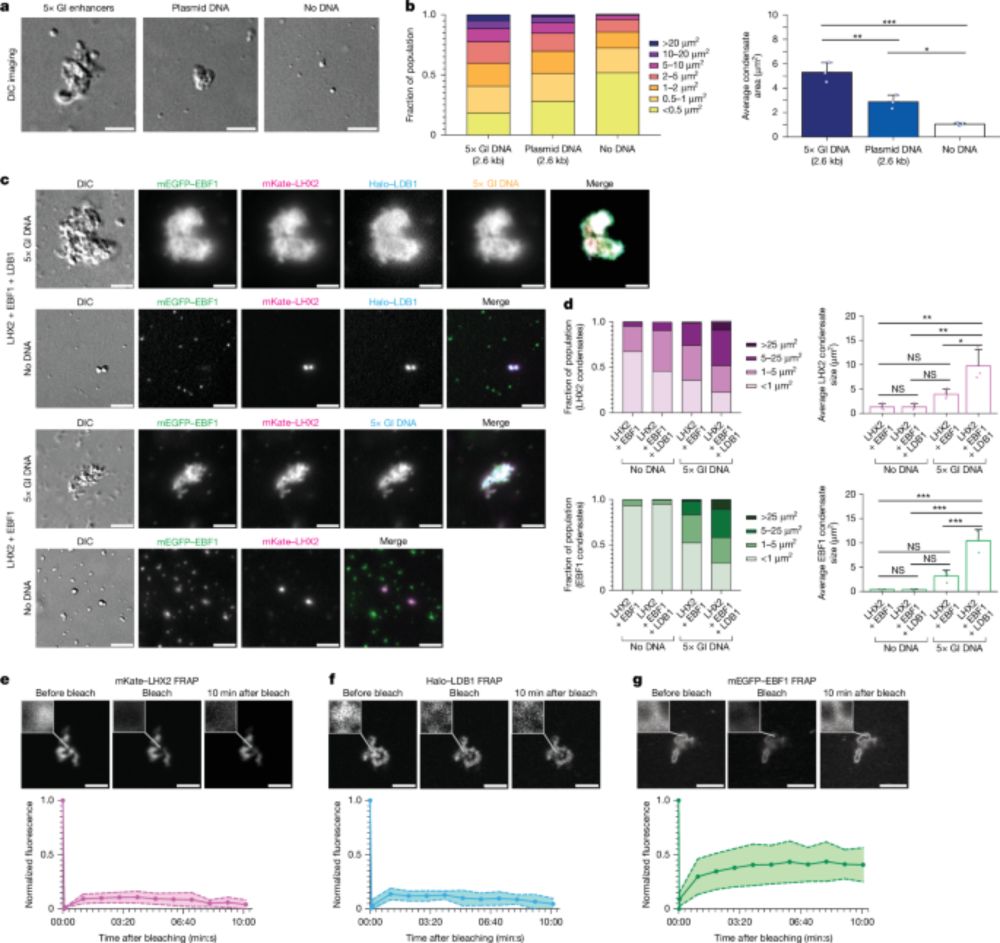
www.nature.com/articles/s41...
In @Science.org we show that activity in 🧠 memory circuits (LEC) drifts constantly, but makes sharp jumps at key moments, segmenting life into meaningful events. (1/2)
👉 www.science.org/doi/10.1126/...
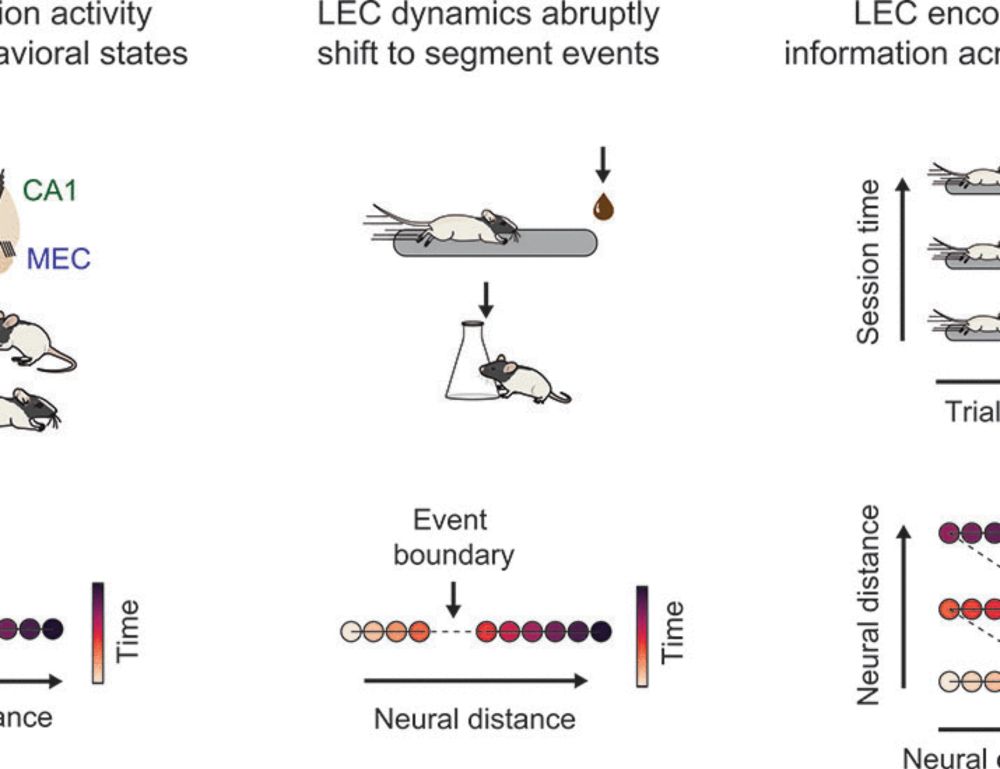
In @Science.org we show that activity in 🧠 memory circuits (LEC) drifts constantly, but makes sharp jumps at key moments, segmenting life into meaningful events. (1/2)
👉 www.science.org/doi/10.1126/...
www.thetransmitter.org/neuroendocri...
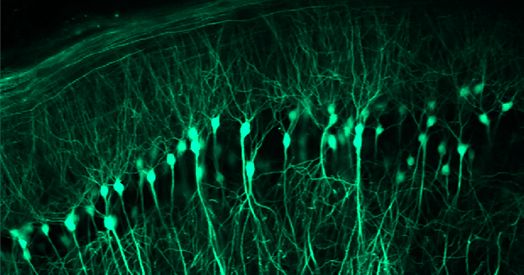
www.thetransmitter.org/neuroendocri...
How does this timing contribute to perception, especially beyond first steps of olfactory processing?
We tested this using simple closed-loop optogenetics in our new paper: www.cell.com/iscience/ful...
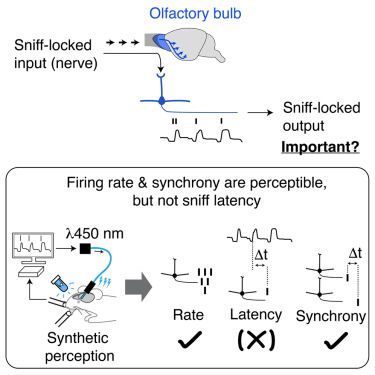
How does this timing contribute to perception, especially beyond first steps of olfactory processing?
We tested this using simple closed-loop optogenetics in our new paper: www.cell.com/iscience/ful...
When a chickadee looks at a distant location, the same place cells activate as if it were actually there 👁️
The hippocampus encodes where the bird is looking, AND what it expects to see next -- enabling spatial reasoning from afar
bit.ly/3HvWSum
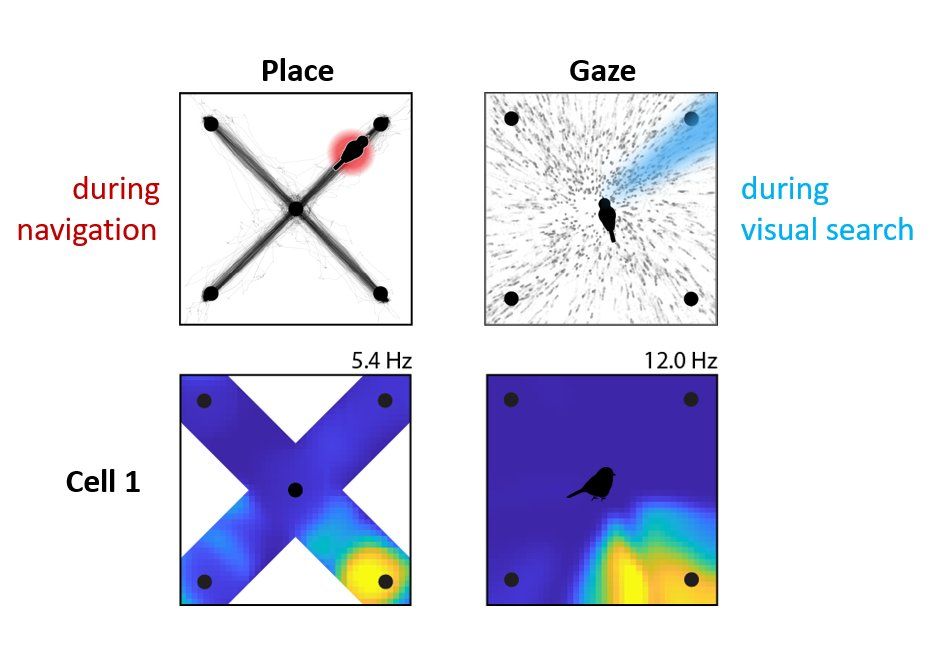
When a chickadee looks at a distant location, the same place cells activate as if it were actually there 👁️
The hippocampus encodes where the bird is looking, AND what it expects to see next -- enabling spatial reasoning from afar
bit.ly/3HvWSum
bit.ly/44aVm9E
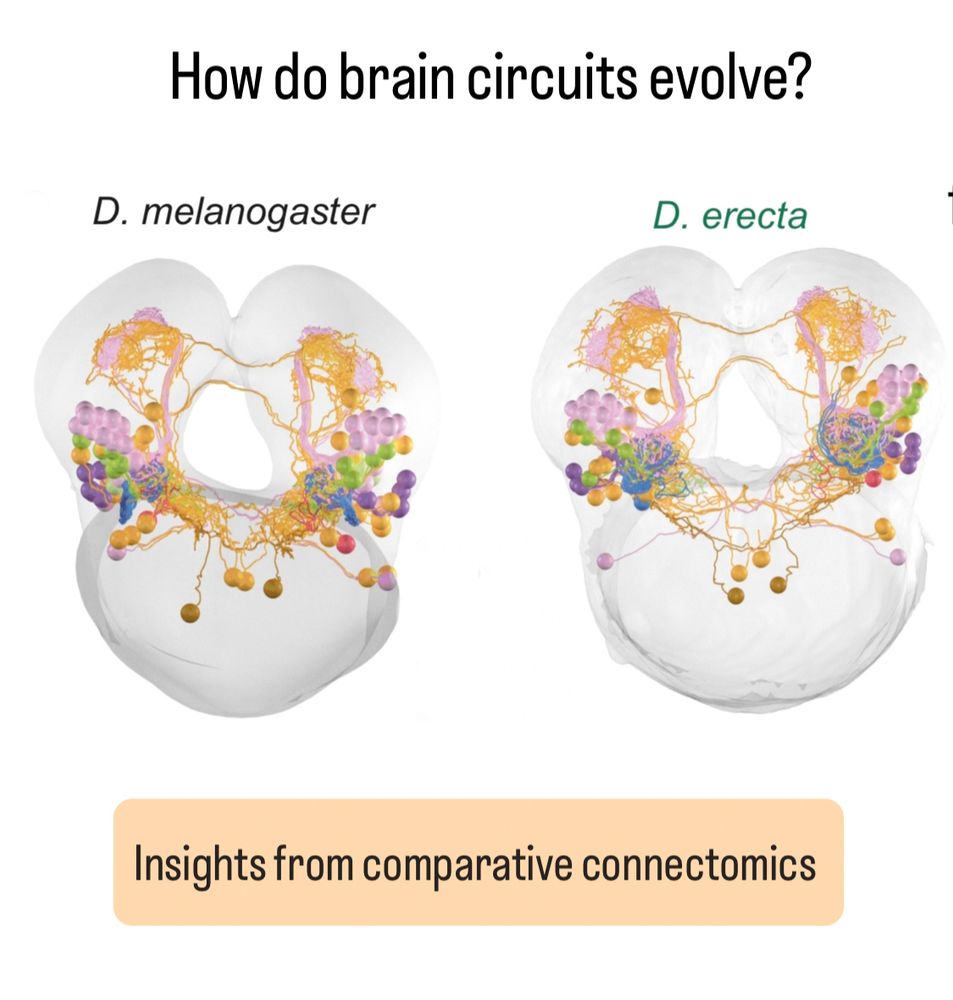
bit.ly/44aVm9E
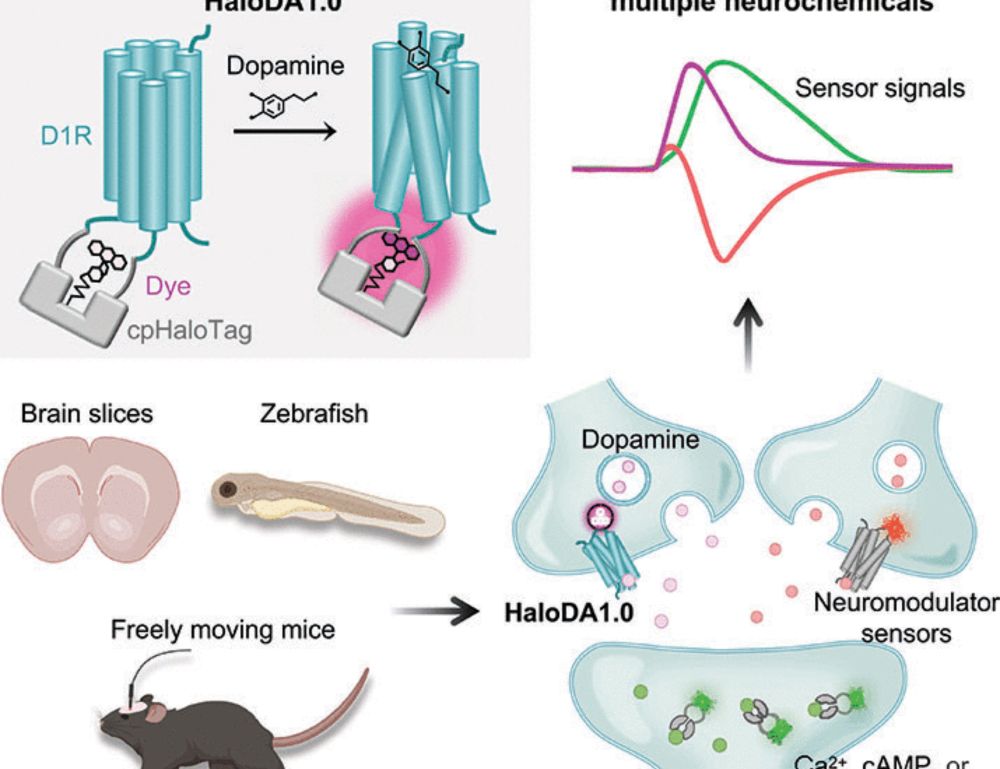
and @leokoz8.bsky.social !
We show how autonomous behavior and whole-brain dynamics emerge in embodied agents with intrinsic motivation driven by world models.
and @leokoz8.bsky.social !
We show how autonomous behavior and whole-brain dynamics emerge in embodied agents with intrinsic motivation driven by world models.
By @callimcflurry.bsky.social
www.thetransmitter.org/vision/cepha...

www.nature.com/articles/s41...

www.nature.com/articles/s41...
Can mice estimate the distance to an odour source?
New work led by Cristina Marin and colleagues, jointly supervised by @andreas-t-schaefer.bsky.social at the @crick.ac.uk and myself.
Spoiler alert: Yes, they can!
Read the paper here: bit.ly/43A9tF9
Short 🧵 below
Can mice estimate the distance to an odour source?
New work led by Cristina Marin and colleagues, jointly supervised by @andreas-t-schaefer.bsky.social at the @crick.ac.uk and myself.
Spoiler alert: Yes, they can!
Read the paper here: bit.ly/43A9tF9
Short 🧵 below


